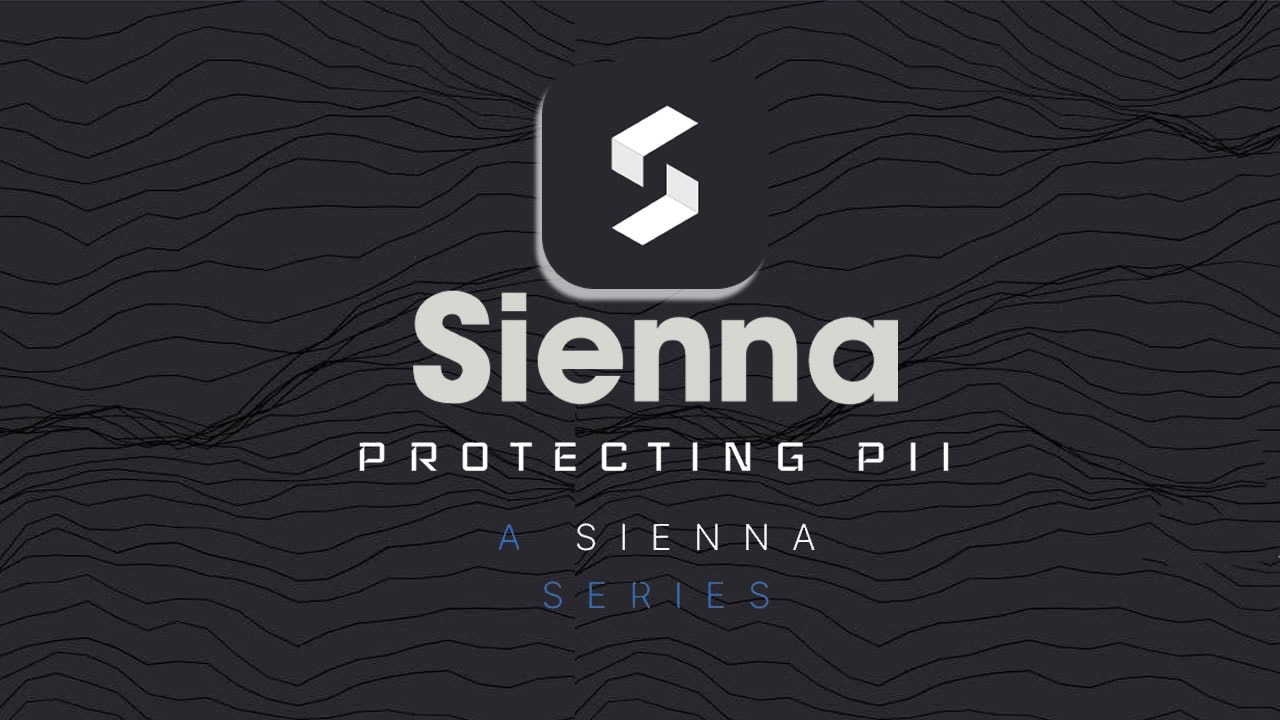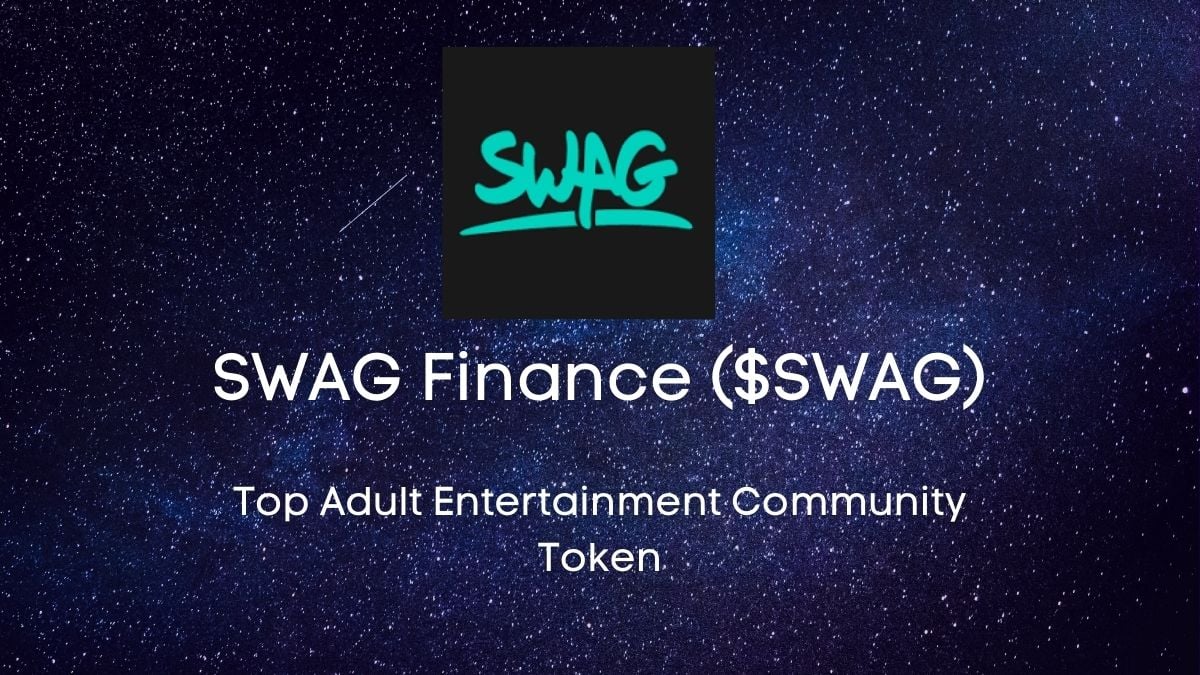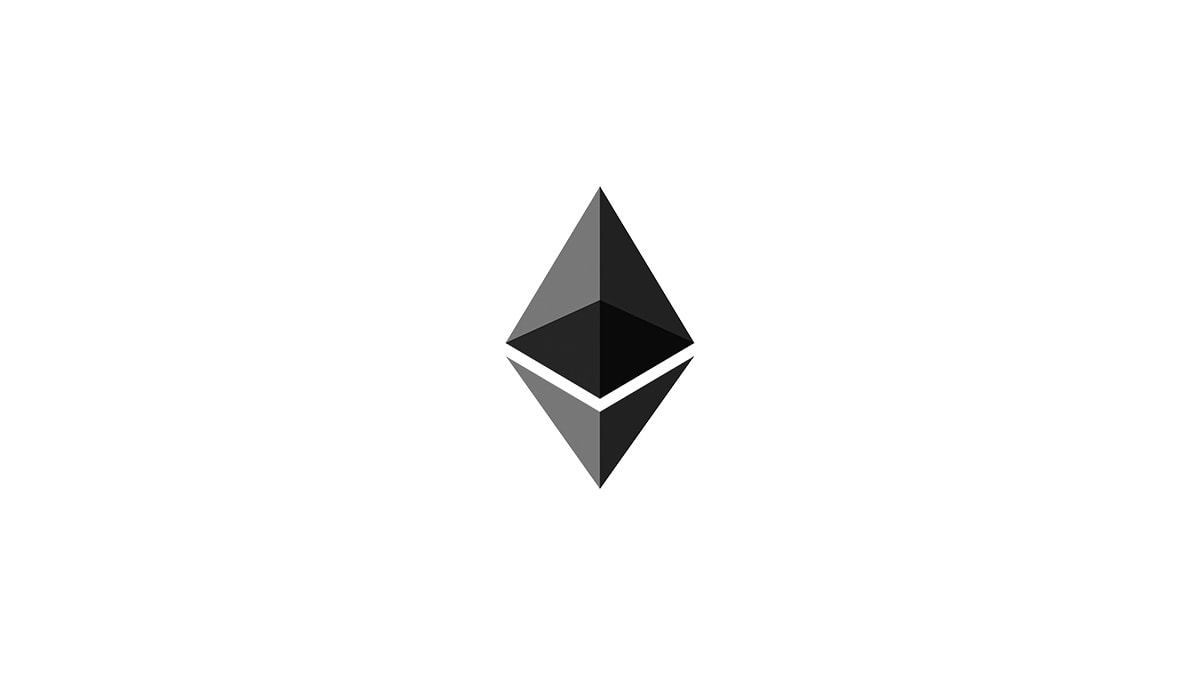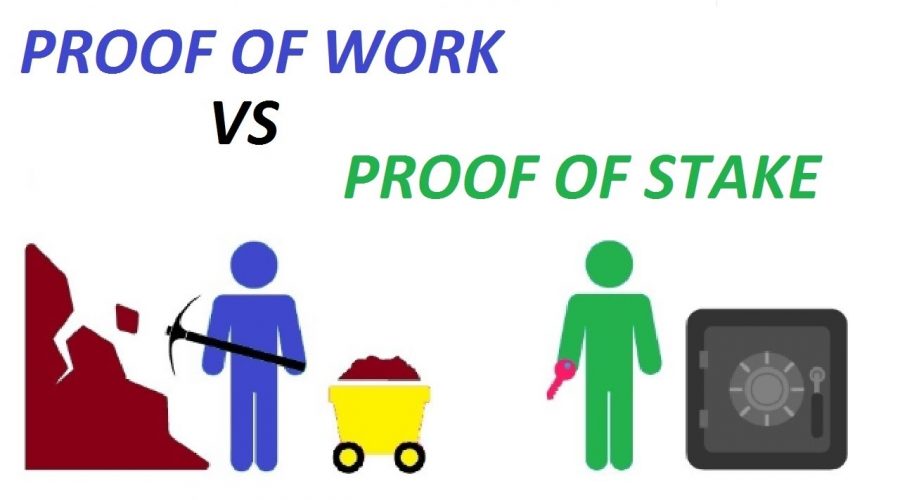Sienna Network is a privacy-first decentralized finance (DeFi) protocol that allows a completely private lending, borrowing, and trading experience with great scalability and low transaction fees.
Sienna Network allows users to avoid the lack of privacy on exchanges that allow others to see what users are doing and arbitrage on those transactions with front-running — a key weakness of crypto transactions today. Front-running is the act of getting a transaction first in line in the execution queue, right before a known future transaction occurs. Bots executing such front-running operations by paying slightly higher transaction fees have been a difficult problem for DeFi users.
Background
Banking, cryptography, and even decentralized finance go back a long way; as far back as the 12th Century when financial crime took place on the roads of Europe. In 1135, Sienna (known as Siena in 21st Century Italy) was an important trade city and heists were common. To stop the scourge of constant robberies to places such as Veneto, the Bishop of Sienna offered loans against collateral and interest to Sienna citizens and the people who traveled to the city to trade.
At the same time, the Knights Templar initiated a network of money transfer locations so people could deposit money in the Veneto region and travel to Sienna and Venice without the risk of losing all their money and possessions. Upon arrival at either destination, traveling tradesmen could withdraw their money from a Templar location by handing in an encrypted document that could only be decrypted by the Templars.
By today’s standards, that encryption was so primitive that the so-called algorithm could be cracked in seconds, but it set the scene for today’s intricate systems. This is where Sienna Network comes into the picture — to build on that same idea and contribute to solutions that will become the standard in privacy-first DeFi.
What is Sienna Network?
Until now, the activities of DeFi users have remained an open book — publicly preserved on the blockchain and forever vulnerable. This level of disclosure has created a chilling effect for the industry, discouraging even remotely privacy-conscious users from participation in DeFi, whilst concerning regulators who wish to ensure that users, private and professional alike, are properly protected.
Modern blockchain-based technologies fall short when it comes to preserving privacy, and Sienna Network aims to solve the same problem that has been solved by banks for their customers for many years — privacy in terms of funds and transactions, as well as computational privacy, but without the need for any third party to be involved.
With Sienna Network, transactions are private. Which means that the user — and no intermediary — decides if any of the data exchanged should be shared with anybody else. This occurs by default, and uses strong encryption to protect the data.
Sienna Network is powered by the Secret Network blockchain, a privacy-first smart contract platform by Cosmos. To share data, users need to generate a viewing key, which allows them to decrypt the contents of the data they have sent to contracts on Secret Network. Only the user can decide if they want to share this key and their viewing key only corresponds to their own transactions and cannot be used to monitor a third party’s wallet transactions.
By building Sienna Network on programmable private smart contracts, it enables a variety of powerful new use cases in DeFi. Programmable privacy allows feeding verifiable sensitive data into a decentralized world without revealing said data. Decentralized identities, credit scores, under-collateralized loans and privacy for institutions are some important examples.
SiennaSwap
At the heart of Sienna Network are robust tools for the assurance of privacy to users, including the decentralized exchange (DEX) called SiennaSwap.
SiennaSwap lets users trade “secret versions” of popular tokens like Ethereum ($ETH) and Cosmos ($ATOM), and flip them anonymously on the platform. For now, the number of assets is limited to the bridges the project has created, hence the absence of a secret version of Bitcoin ($BTC). The bridges currently available are to Ethereum, Monero, Polkadot, Cosmos, and Binance Smart Chain. Users are able to create as many swap pairs as they wish among each of the assets.
Leveraging Cosmos means gas fees are low and transactions are almost immediate. A typical transaction costs about $0.02, which is extremely low compared to other blockchains and protocols.
But perhaps the most important cost that SiennaSwap seeks to omit is that of front-running, or traders cutting to the front of the queue and scooping up lucrative trades before others. This is possible due to the platform’s privacy-first approach. Using Secret Network’s protocol, Sienna Network has found a way to turn legacy public smart contracts into Secret Contracts, which allow private interactions where Third Parties cannot monitor what’s going on. This is because the data remains inside TEEs — Trusted Execution Environments; not even the node operators of the underlying network.
What does it mean for a user? On public ledger chains where anyone with a wallet address could see others’ entire transaction history and that of their friends, with Sienna’s token and via the SiennaSwap, the wrapped ‘secret’ tokens such as secretETH the transaction history cannot be looked up and seen. This fixes several core issues including the aforesaid blight of front-running.
Sienna Lend
Another important product by Sienna Network is Sienna Lend which allows users to borrow and lend both public and private crypto assets. Moreover, users can deposit their tokens and earn interest from them or use their deposit as collateral to borrow a wide range of assets. These assets include stablecoins, cryptocurrencies, and tokenized assets such as real estate, stocks, gold, NFTs, and more.
The entire process will be private and no one can see a user’s earnings or other financial details.
The Need for Financial Privacy
Privacy is a fundamental human right — or it should be. It is a basic individual right to choose whom to share with — not just information, but other important aspects of life such as financial transactions.
But here a problem arises — while cash has relevant anonymous uses — larger transactions should not be anonymous because no system should enable money-laundering or the funding of bad actors. This is especially relevant at a time when the opinion of policy-makers has transmuted into a surveillance economy, with market actors required to police and report with severe penalties for failures. Whether we like it or not.
If a crypto user sends a beneficiary an amount of tokens, both wallets are consequently linked via that transaction. This seems like a basic and fair exchange, but it also means that the beneficiary can now see the complete transactional history of that person’s wallet. This is patently an infringement of privacy and needs to be fixed.
So, privacy matters. It is a mechanism for individuals and institutions to decide to control their data — sometimes transactionally, at other times to prove or disclose information or financial actions by choosing to share that data with relevant and selected Third Parties.
$SIENNA Token Utility
$SIENNA is a governance token which provides a dual function in the network’s ecosystem.
It acts as the governance token of the Decentralized Autonomous Organization (DAO), allowing its holders to vote on possible changes on both the Decentralized Exchange (DEX) and the lending protocol.
It also powers the incentivization mechanism to encourage positive behavior from users. Users are awarded with $SIENNA based only on its actual usage, activity and contribution on the Sienna Network, whereas users of the Sienna Network and/or holders of $SIENNA which did not actively participate will not receive any $SIENNA incentives.
The token can be bought directly on Secret Network on SiennaSwap, but wrapped versions can also be bought on Uniswap and Pancakeswap.
Conclusion
Until now, DeFi users have had to choose between the personal freedom of decentralized finance, or the personal privacy of centralized finance. Never were both achievable at the same time.
Sienna Network solves this core problem by developing a course correction for the industry, delivering all of the many benefits within the DeFi space, while at the same time protecting users from the unwanted prying of third parties.
Sienna Network’s users can freely interact with powerful DeFi products, enjoying the same levels of privacy, or even greater, as in centralized finance. Sienna Network will seek to spur the sector onto new frontiers, providing tools that are programmatically private. Sienna Network’s protocols will also be used to empower self-sovereign identities.
These factors place Sienna Network at the vanguard of privacy-first decentralized finance. Now is the time to unlock the full potential of DeFi.
Project Links
Website — https://sienna.network/
Discord — https://discord.gg/jZk8ggm7XP
Telegram — https://t.me/GoSiennaNetwork
Twitter — https://twitter.com/sienna_network
Medium — https://medium.com/sienna-network
Sources:
https://sienna.network/static/documents/Sienna-Network-Whitepaper-V1.3—November-2021.pdf
https://www.investopedia.com/terms/f/frontrunning.asp
https://scrt.network/blog/introducing-sienna-a-privacy-first-defi-protocol
https://decrypt.co/82825/sienna-network-launches-privacy-centric-defi-crypto-exchange
https://medium.com/sienna-network/privacy-matters-9ed864973f5f







